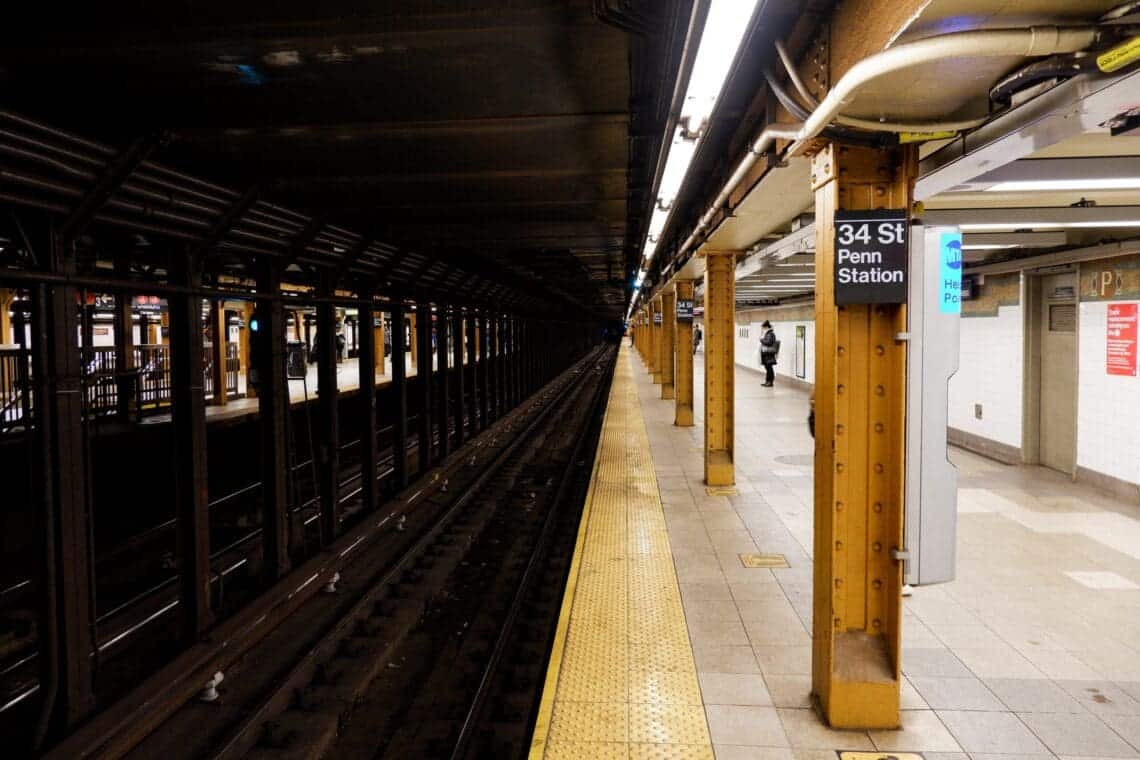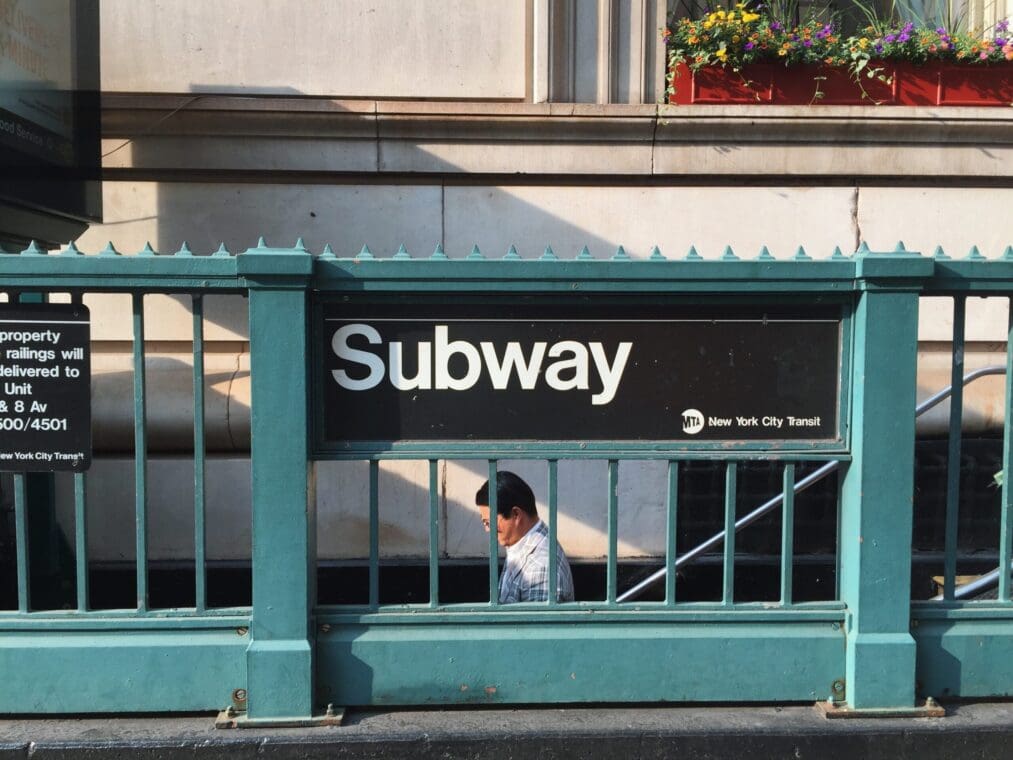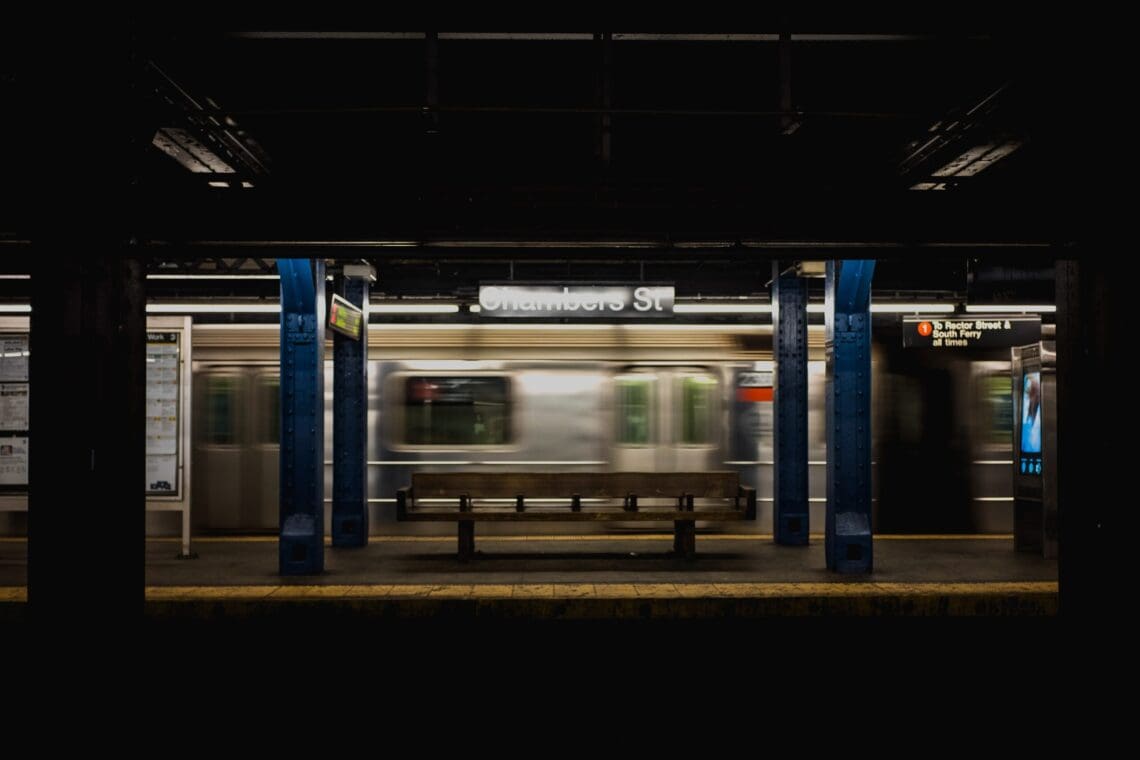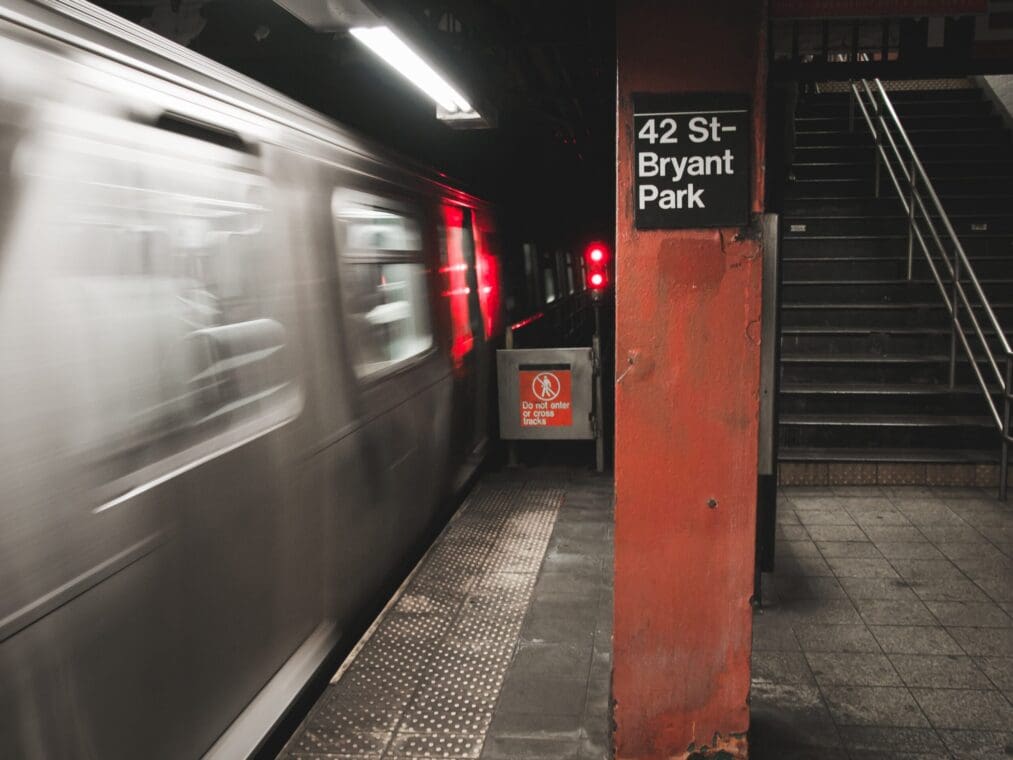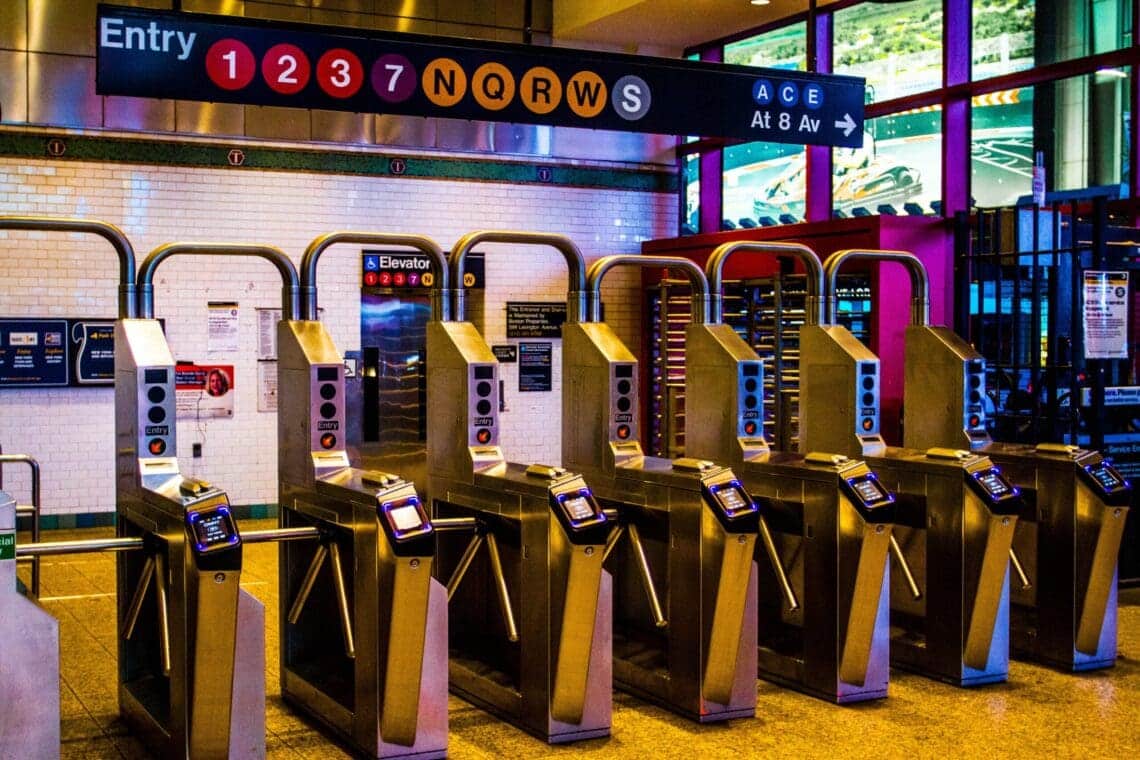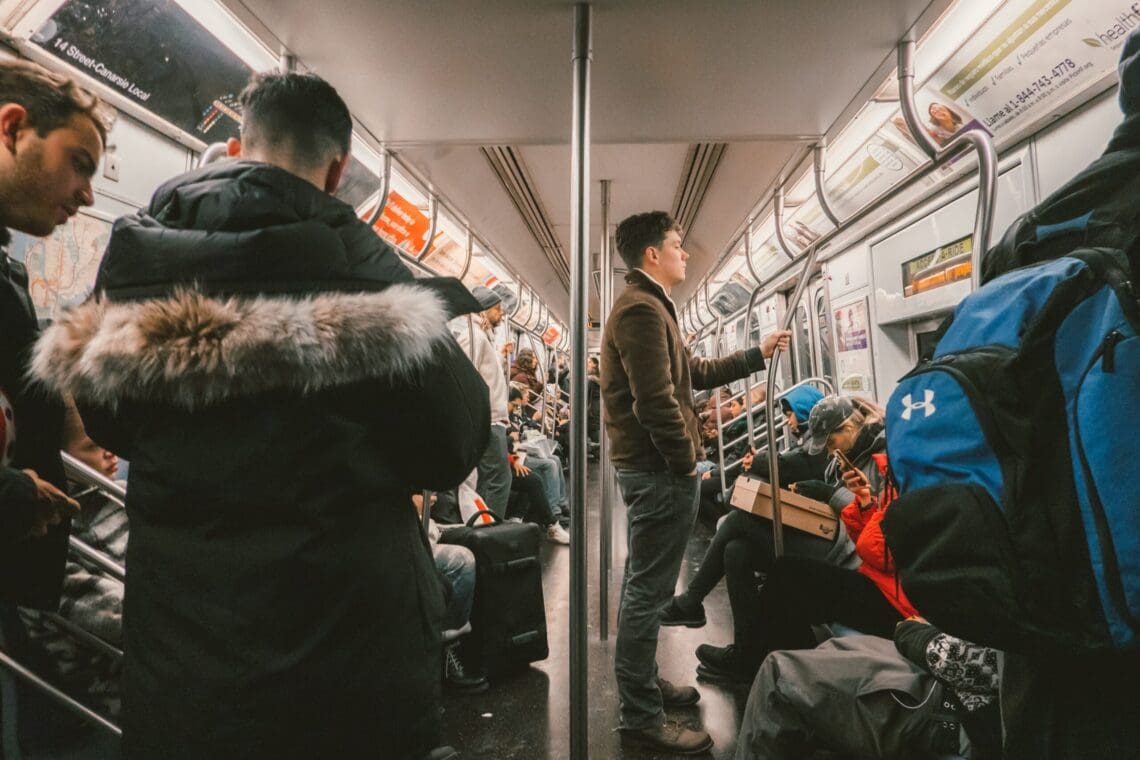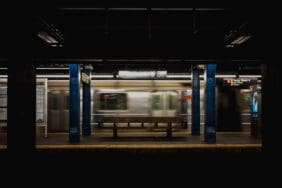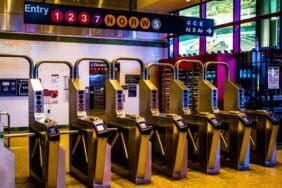New York City Subway Basics
Overview
The NYC Subway is one of the oldest and most extensive public transportation systems in the world, operated by the Metropolitan Transportation Authority (MTA). It runs 24/7 and covers four of the five boroughs: Manhattan, Brooklyn, Queens, and the Bronx.
Lines and Routes
The system has 26 lines, identified by either letter (A, B, C, etc.) or numbers (1, 2, 3, etc.). Each line has a specific color, and the trains on a line generally follow the same route.
Stations and Maps
Subway stations are marked on the street level with green lamps or poles with a metro “M”. Inside, you’ll find maps of the subway system. You can also get a free map at station booths or download the MTA’s official app. You can also download free subway maps from our site before you travel.
Using the New York City Subway
Paying Your Fare
Purchase a MetroCard from machines or booths in stations. As of 2023, a single ride costs $2.90. You can also use contactless payment methods like OMNY by tapping your card or smartphone at turnstiles. Unlimited ride passes are available for 7 days or 30 days, ideal for longer stays. Learn more about MetroCard and OMNY here.
Entering the Subway
Swipe your MetroCard at the turnstile or tap your contactless payment method. When swiping, ensure the magnetic strip is facing you and the MetroCard logo is at the top.
Finding Your Train
Use maps and digital information displays to find your line and direction. Lines are often referred to by their end stations for direction. For instance, a train might be “Uptown and The Bronx” or “Downtown and Brooklyn.”
On the Platform
Stand behind the yellow line for safety. Wait for passengers to exit before you board. Be aware of “Express” and “Local” trains: Express trains skip certain stations for faster service, while Local trains stop at every station on the line.
On the Train
Hold onto a rail or seat, as the train can start and stop abruptly. Listen for announcements about your station and line changes, especially during weekends or late nights when maintenance can alter normal routes.
Exiting the Train and Station
Pay attention to signs and announcements for your stop. Exit the train and follow signs to the street or for transfer to other lines.
New York City Subway Tips and Etiquette
- Rush Hours: The subway is busiest from 7:30 AM to 9:30 AM and from 4:30 PM to 6:30 PM. Trains can be very crowded during these times.
- Safety: Stay alert and aware of your surroundings. Keep your belongings secure.
- Etiquette: Offer your seat to elderly, pregnant, or disabled passengers. Don’t block doors and move into the center of the car to make room for others.
- Getting Help: If you’re lost or need assistance, station agents in booths can provide help. You can also ask fellow passengers; New Yorkers are usually willing to help with directions.
- Apps and Resources: Consider using apps like Google Maps, Citymapper, or the MTA’s official app for real-time updates and navigation assistance.
Navigating the NYC Subway can seem daunting at first, but with a little practice, you’ll find it’s a convenient and efficient way to explore the city. Happy travels!

